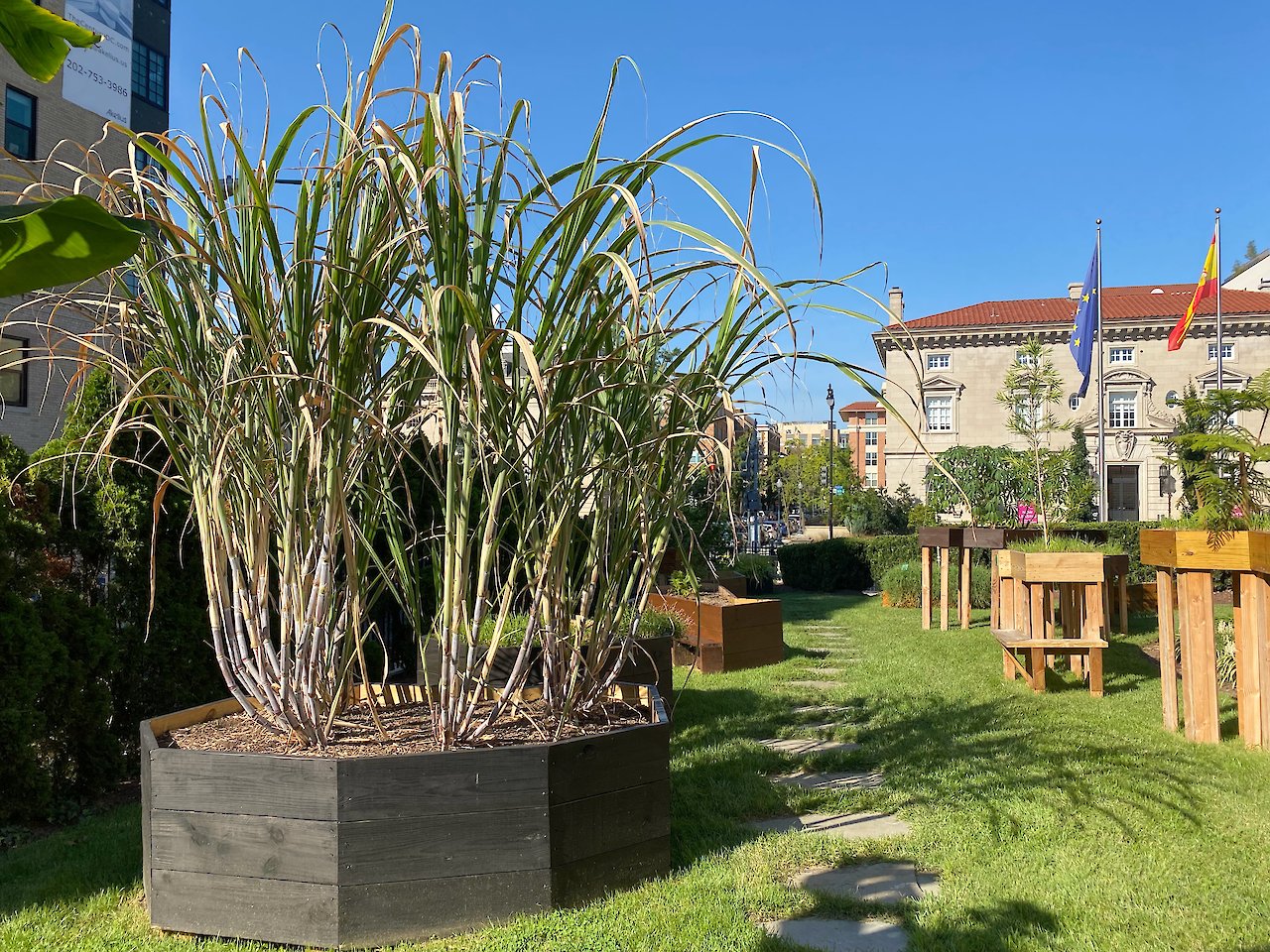Maluku Islands (Indonesia)
Stop 9A
Ecological capital
Legend
The height of the beds is connected with the natural resources produced and used by each of the countries today. The elevation of the beds represents the natural resources value, being the tallest the one with more Ecological Capital. This graphic contrast the percentage of global natural resources the country uses vs the percentage of global natural resources they have.
Demographics
- Native and others (99.5%)
- Western descent (0.5%)
Legend
The color of the beds is connected with the ethnographic diversity of the places they represent today. The colors ranging from natural wood to black reveal the demographic reality divided in this graphic between people from Western descent vs Native & others.
Sugarcane
Saccharum
Domestication of Sugarcane dates back more than 8,000 years ago in New Guinea and southern China. Papuans and Austronesians originally used sugarcane primarily as food for domesticated pigs. The earliest known production of crystalline sugar began in northern India. The earliest evidence of sugar production comes from ancient Sanskrit and Pali texts. Muslim and Arab traders introduced sugar from medieval India to the Mediterranean. Christopher Columbus first brought sugarcane to the Caribbean during his second voyage to the Americas, initially to the island of Hispaniola (modern-day Haiti and the Dominican Republic).
In colonial times, sugar formed one side of the triangle trade of New World raw materials, along with European manufactured goods, and African slaves. Sugarcane was at some point in history considered the white gold, and many commercial wars have been fought in name of sugar over history.
By the time Magellan reached Southeast Asia where sugarcane was a common crop, the plant was already being farmed extensively in Brazil and the West Indies, making sugarcane one of the first crops to be cultivated and traded globally, even before humans would complete the first trip around the world.
Today the total production of sugarcane is 1.9 billion tons, with Brazil producing 39% of the world total, followed by India with 20%. Worldwide, 26 million hectares were devoted to sugarcane cultivation in 2018, which has a strong impact in terms of land use on those environments where it is grown.
But the biggest impact of sugarcane on the environment comes from its processing in the mills, which generates enormous quantity of wastewater, emissions and solid waste. On the other hand, sugarcane byproducts include Ethanol, which is used as a biofuel widely in Brazil. Sugarcane is consumed in every corner of the planet today.
